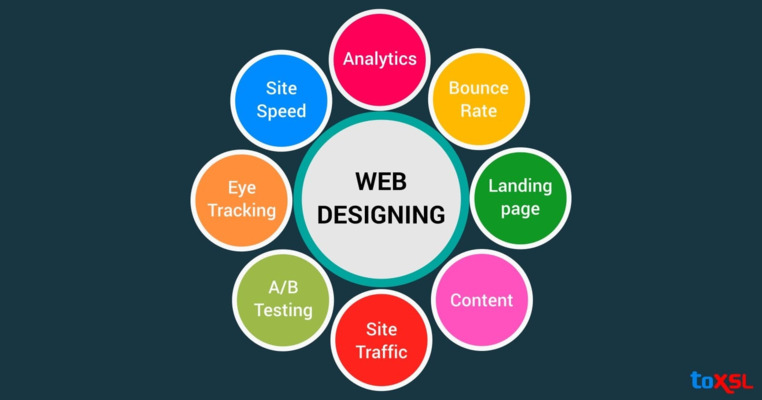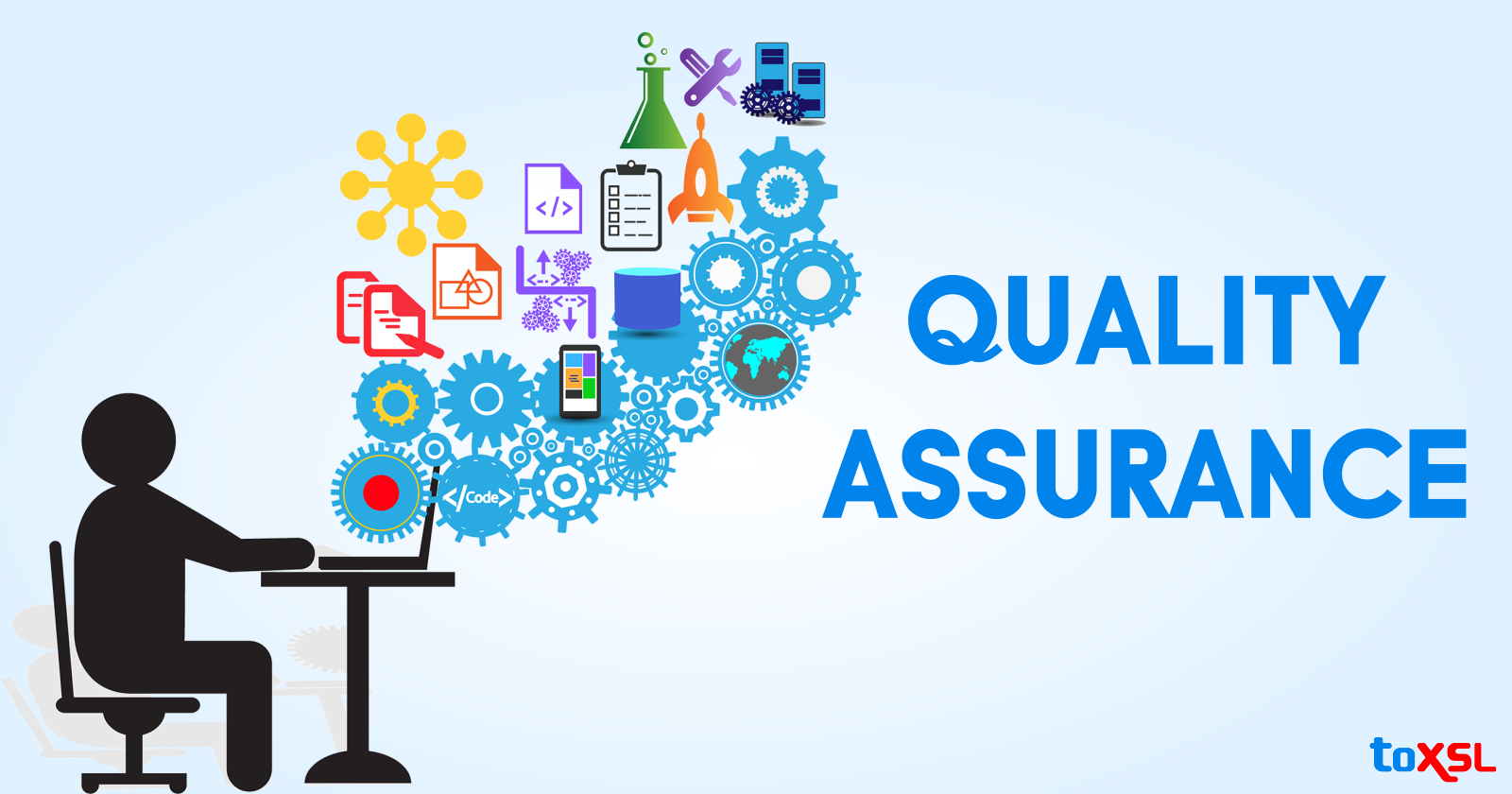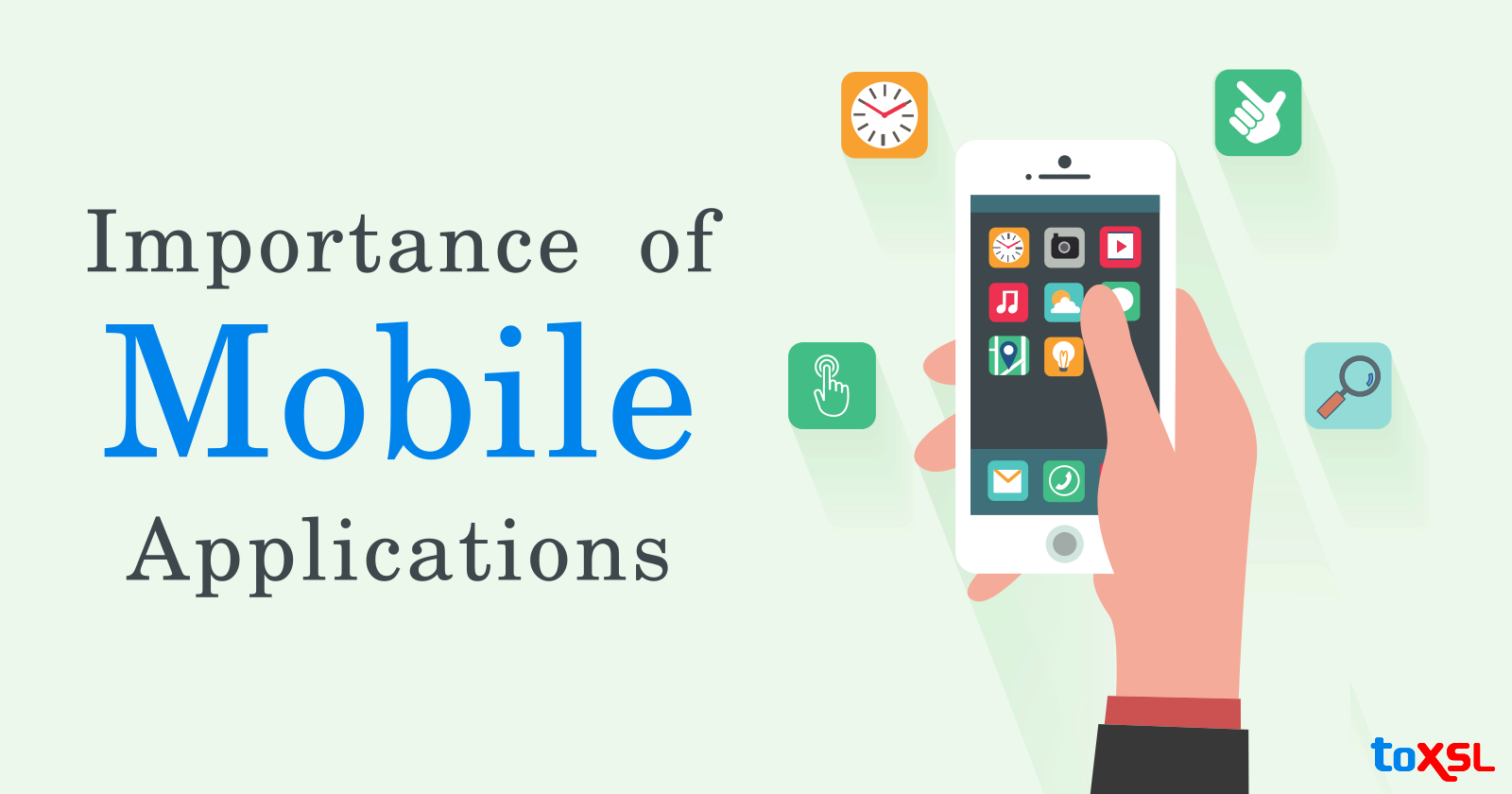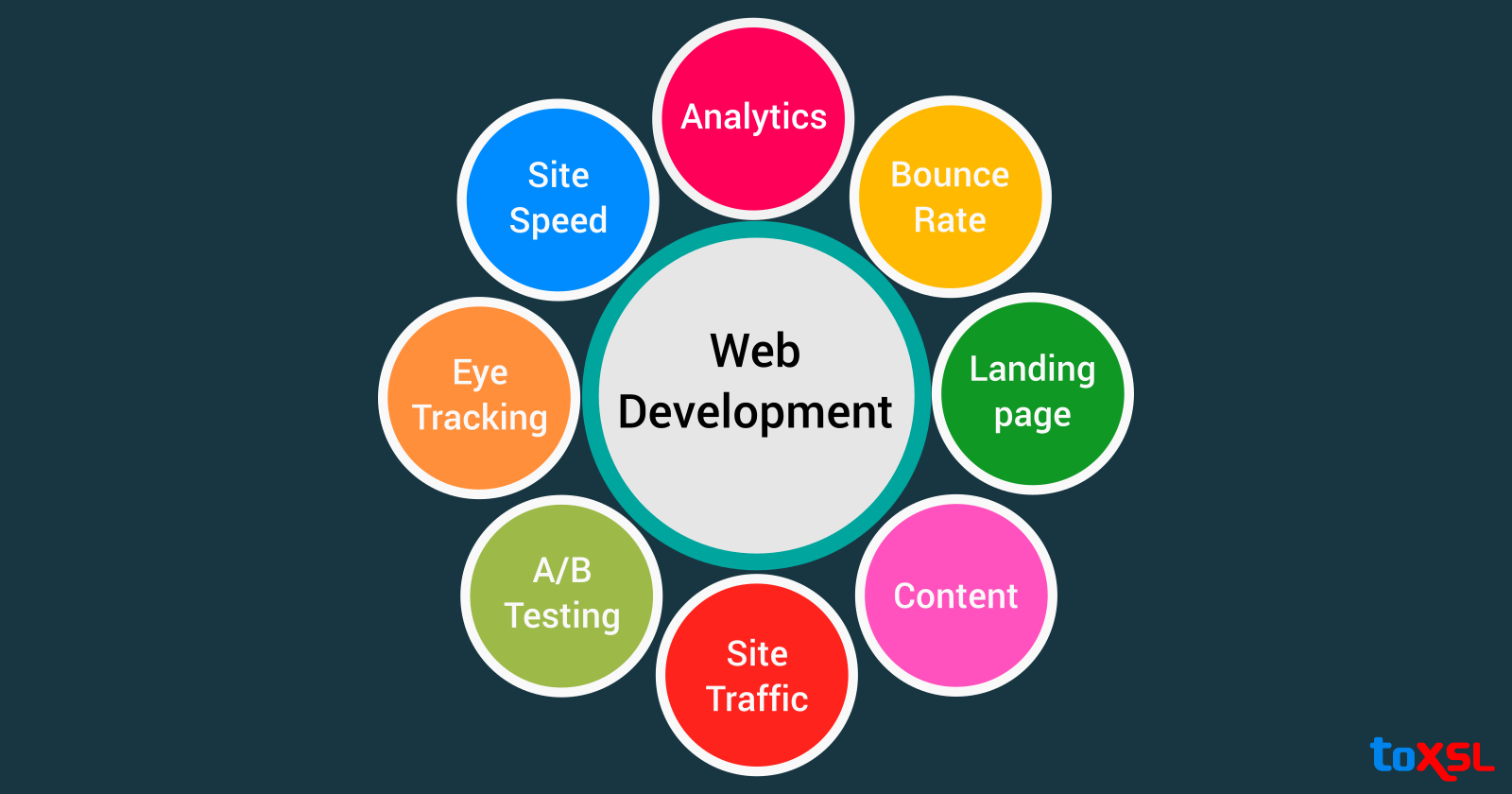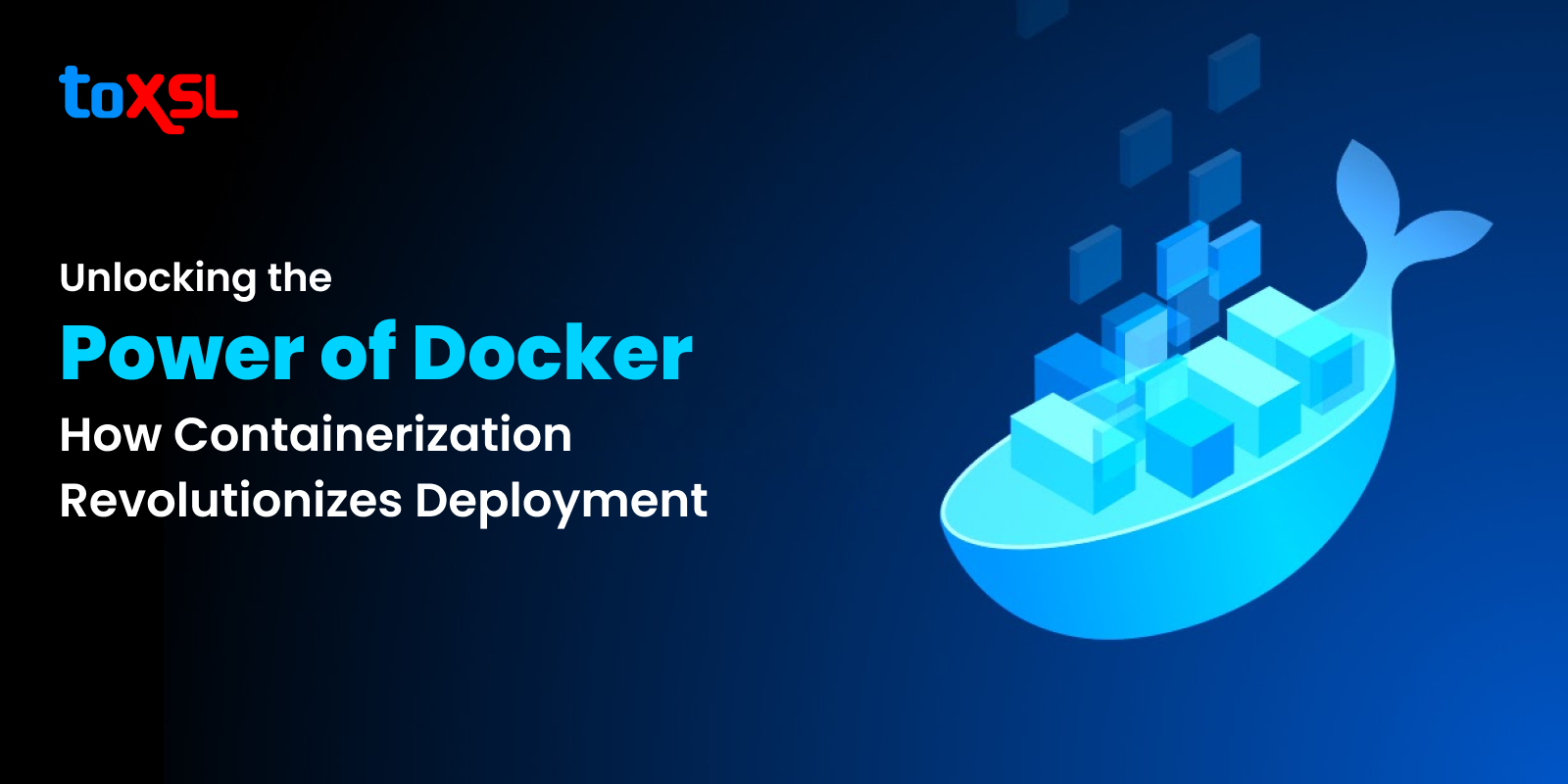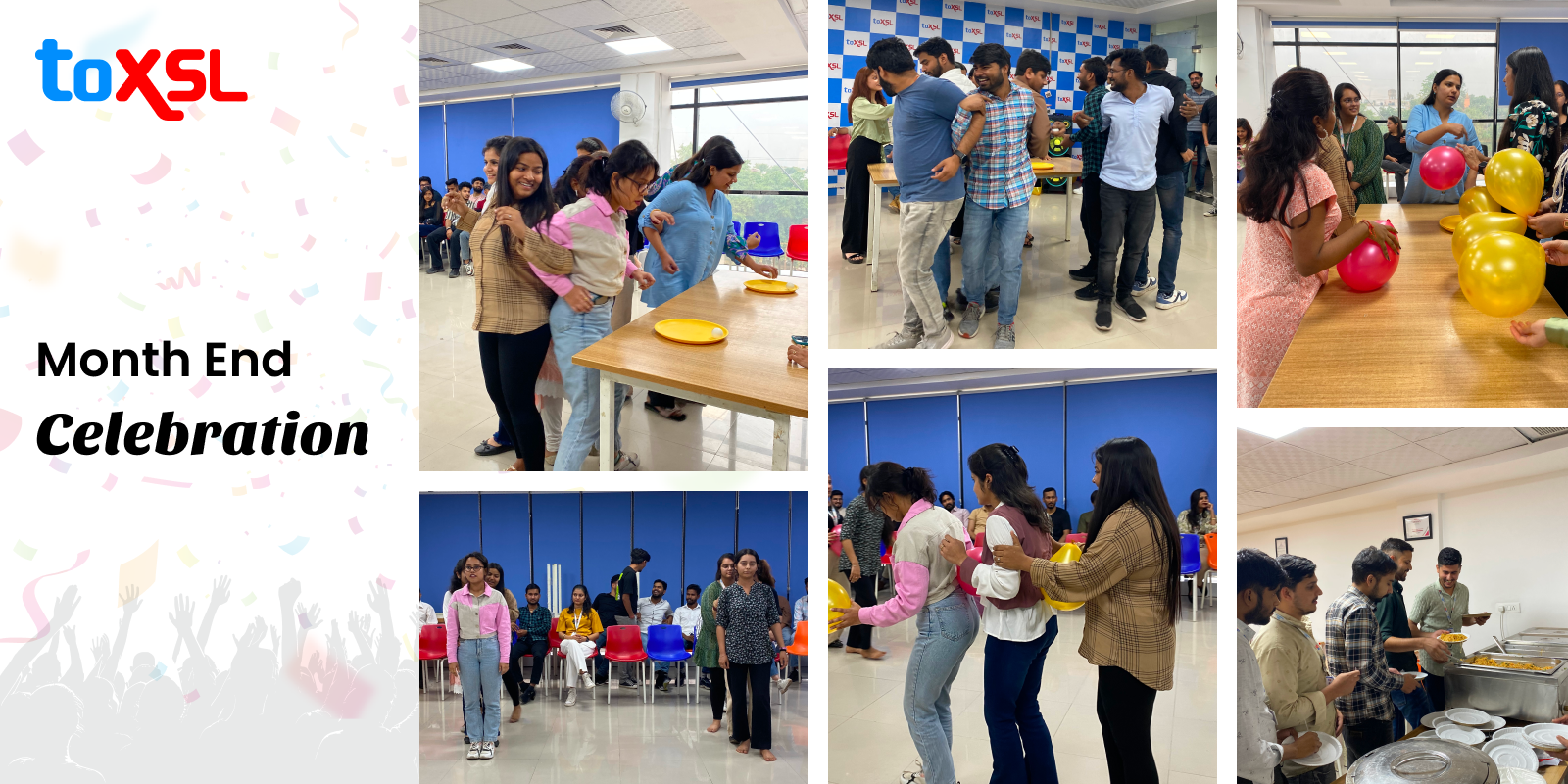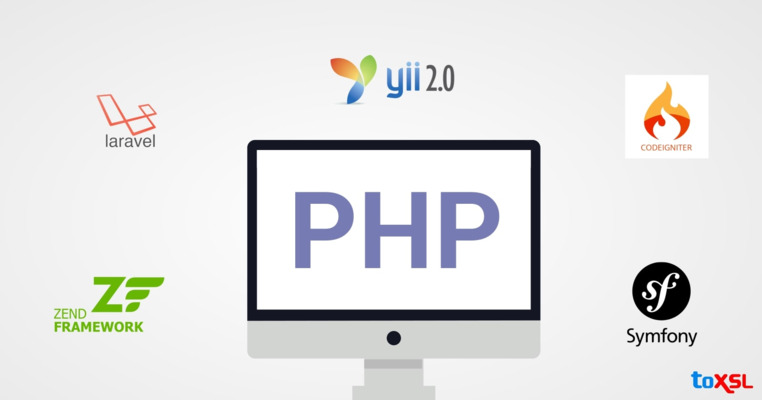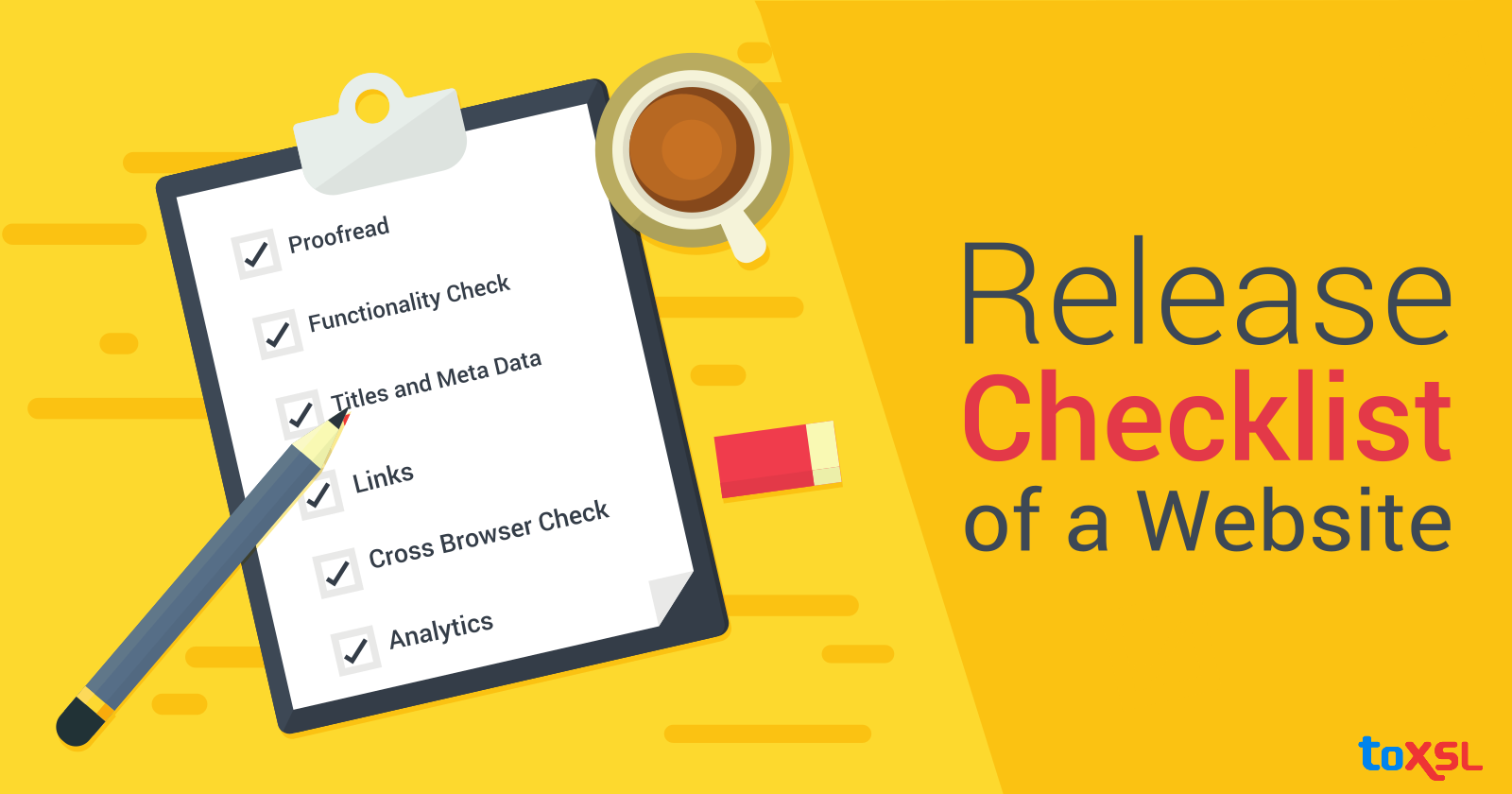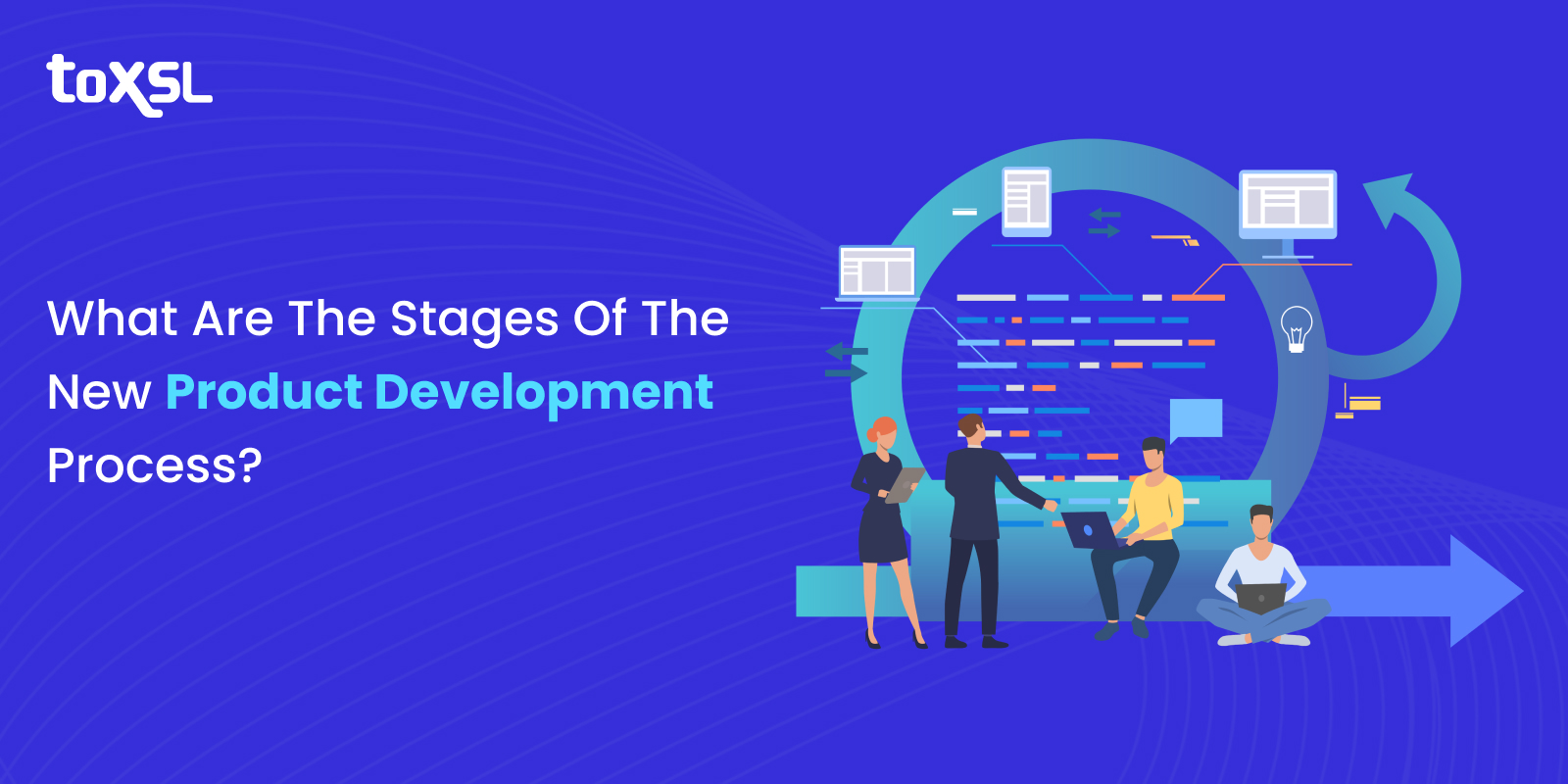
Product development is about the development of ideas into products. A few products are developed because there are no competing products available. However, some are an improvement over already existing products. In every product development process, there are other elements involved.
"Product development aims to deliver solutions that offer values and are driven by innovation."
According to a survey, 29% of tech companies planned to focus on new product development post-COVID-19. The research and development teams are putting great effort into developing new products. Some tech companies focus on launching new products, while others focus on improving the existing ones.
The development rule is simple. Businesses must focus on product discovery and address the audience's pain points.
As a result, it is essential to conduct surveys and interviews with clients and monitor social media interactions. Product discovery is a continuous process that goes through many development cycles, such as idea generation, idea validation, validating POCs and prototypes, MVP development, pre-launch, and post-launch.
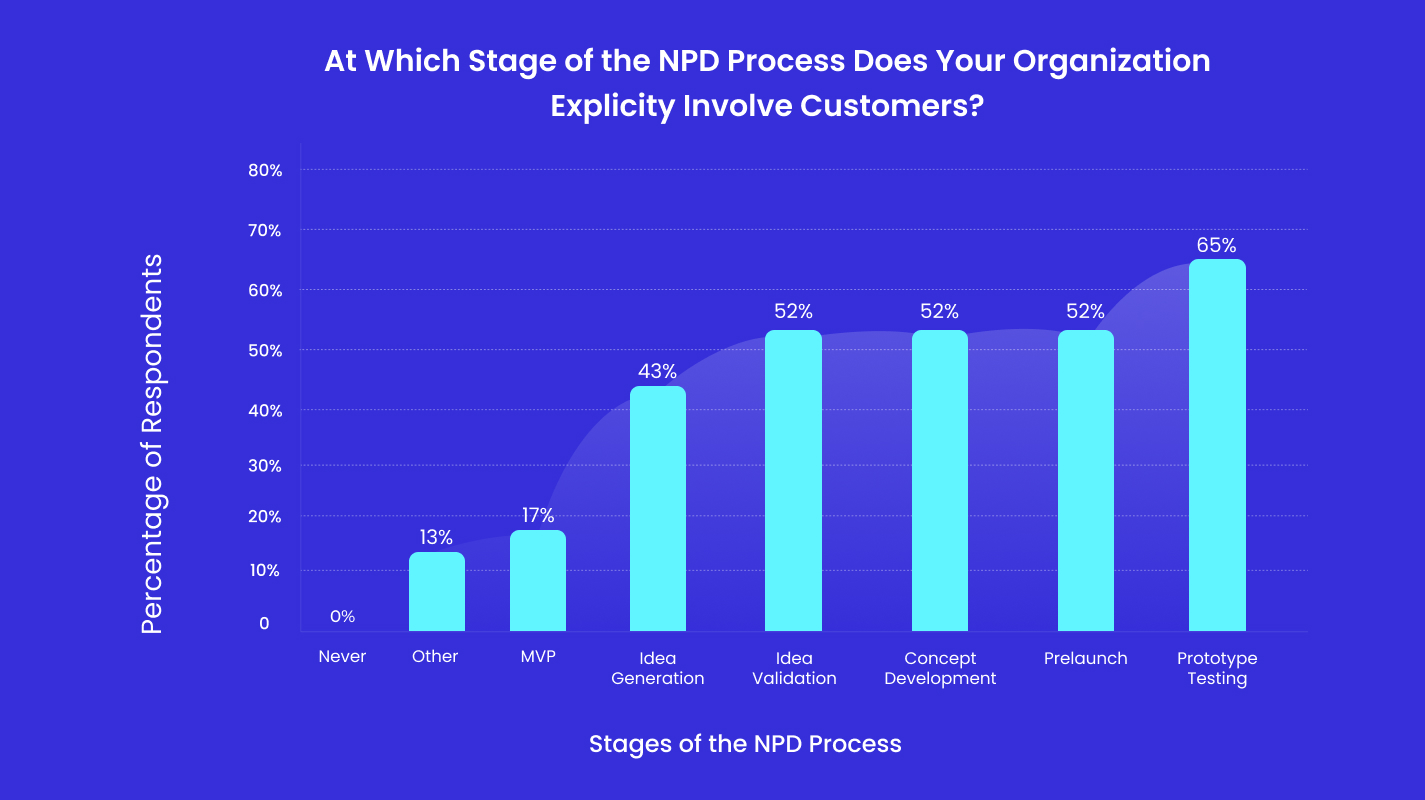
Good product development results in:
- Developing new business prospects
- Expanding existing businesses
- Increasing productivity
- Enhancing customer satisfaction
Further, we will discuss the must-follow steps of product development that are crucial for every business. These steps make it easy for the product development teams to enjoy a smooth and efficient development process.
New product development (NPD) snatches the market opportunities, checks the feasibility of your idea, and delivers working software.
Examples of new product development are:
- Trello for task management and tracking,
- Zoom for video communication,
- Dropbox for cloud storage,
- Figma for designers working remotely,
- Airtable for relational data management, and so on.
The Seven Stages of New Product Development
The new product development process is divided into seven stages. These stages can help you constantly think of new product ideas. Although the stages of the new development process are lengthy. But these stages help businesses gain clarity and confidence in their development. Here are the following stages:
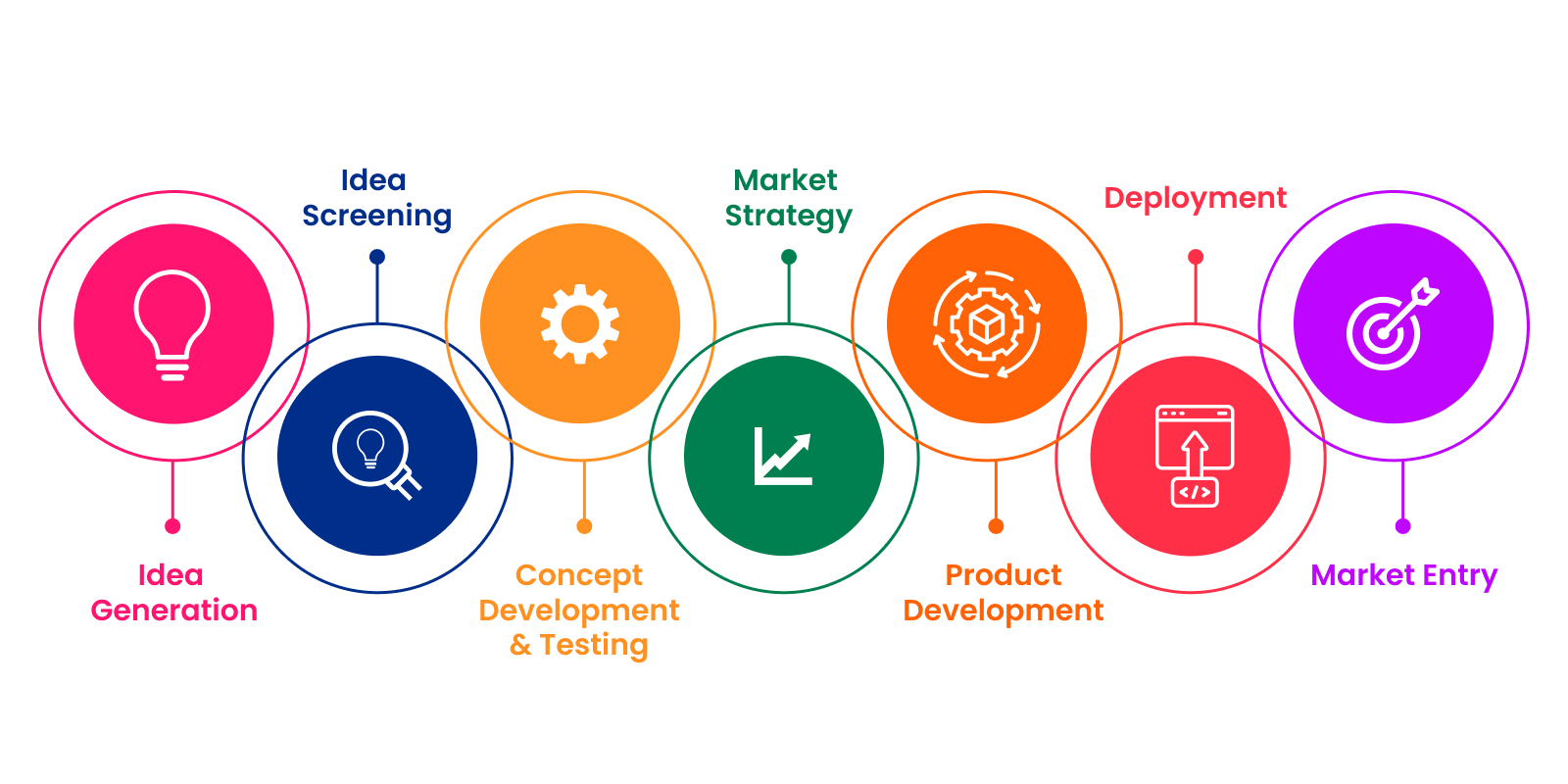
Now, let us dive deep into each stage and learn how the New Product Development process works.
Stage 1: Idea Generation
“Great ideas can result in great products”
So, it is essential to create good concepts that lead to ideal items that customers can use and enjoy. The main focus in this stage should be on arranging brainstorming sessions where businesses should focus on:
- Understanding market needs
- Knowing customer requirements
- Emphasize customer problems
In this phase, the focus is on generating the raw idea, not the final idea. Here is how businesses can identify the issues that the target audience is facing:
a. Identify the personal problems
b. Qualify listed problems
c. Creating possible solutions
d. Narrow down problems and solutions
That two ways can help businesses get fresh ideas:
- Internal Source: In internal sources, the company generates ideas internally, with the help of R&D and staff contributions. Moreover, employees have always been the highest source of idea generation. It is so because they are always exposed to the product and customer feedback. A few organizations such as Toyota, have creative incentive programs that encourage their employees to help them come up with innovative ideas.
- External Source: In external processes, the company looks for new ideas from outside sources. Here businesses take the help of external sources such as distributors, suppliers, and competitors. Additionally, businesses can take ideas from customers. It is because the customers are the significant source of the product development process.
Stage 2: Idea Screening
The idea screening process revolves around choosing the one idea that has maximum potential. In this stage, all the ideas are sent to all the employees with industrial knowledge and experience in the field for internal review. Businesses must create a proof of concept (POC) that helps them check the idea’s feasibility.
Another good practice to consider is SWOT ( Strengths, Weaknesses, Opportunities, and Threats) analysis.
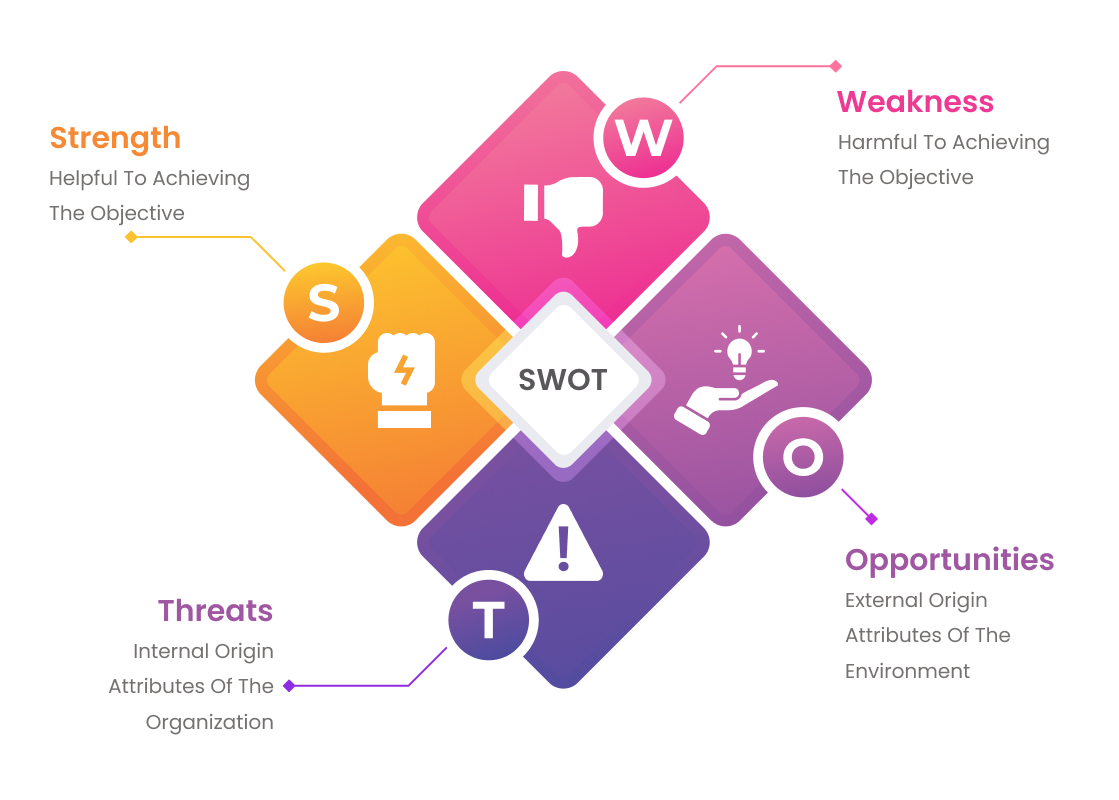
In SWOT analysis, the product owners, the scrum master, and the product managers do a detailed analysis. The analysis helps businesses identify the more powerful idea and uses strengths to overpower threats and weaknesses.
Stage 3: Concept Development and Testing
At this stage, the concept is developed and tested. The steps involved are as follows:
- Quantifying Gain/Pain Ratio
- Conducting a Competitor Analysis
- Enlisting the Major Product Features
- Creating a Value Proposition Chart
- Concept Testing
Let us learn each of these in detail:
Quantifying Gain/Pain Ratio: The gain/Pain ratio gives businesses an insightful picture of the product from the customer’s perspective.
- Gain: The gain calculates the benefits that customers get after opting for their products.
- Pain: Pain calculates the efforts made by customers to understand the product.
Conducting a Competitor Analysis: The knowledge of existing market players or competitors is critical. It helps you understand the competitors and their strategies. And makes it easy for you to know:
- Where the competitor lacks
- The scope of improvements
- Existing loopholes or white space in the market
Enlisting the Major Product Features: The user stories involved in New Product Development software projects can help you immensely. While creating a list of features, ensure that it is a must to know:
How innovative the feature is? Or how will this feature solve a problem?
Creating a Value Proposition Chart: This is crucial to tell customers what makes your product different than others. Even after you like the idea and are clear about the needs of the customer, businesses must provide customers with the clear needs of the product. So it is crucial to create a value proposition chart. Opt for the clean format that must include value proposition parameters.
Concept Testing: After creating the value proposition chart, you must show it to the selected customers. This helps you understand how powerful the idea is and what improvements you need.
Concept testing helps you:
- Identify the group of people who would benefit from the new product under development.
- Assessment of other alternatives that can be shown to the selected group of people.
- The New Product Development planning includes all stages of features development, marketing, pricing, and distribution.
- Position the product’s unique features into the customers’ minds to enhance discoverability.
Stage 4: Market Strategy/Businesses Analysis
In this stage, businesses need to set up market strategies that help them in new product development. Here, business analysis and marketing strategies are integrated to reach out to and connect with specific regions. This stage is also known as the market strategy development stage.
It involves a few key elements, they are:
- Definition of the target market and the value proposition offered from the customer’s point of view.
- Profit targets over time, mainly during the first year.
- Pricing, distribution, and total budget.
- Sales forecasts for the longer period.
Stage 5: Product Development
The marketing strategy is documented, and the business analysis is done when a new product is developed. Next, product development takes place.
Prototype: The prototype focuses on creating UI/UX designs. It is then shared with the stakeholders. This helps in visualizing how the product will appear and if it meets the best development practices.
Minimum Viable Product (MVP): The minimum viable product is launched with the minimum features. MVP gives an idea of the product's performance once it is launched with all its features. The future of a product depends on the success of MVP. The best way to approach New Product Development is to opt for Agile Product Development. Promoting collaboration and communication, it focuses on incremental development.
An agile approach is better than a waterfall approach which follows to-and-fro movement across the product development cycle. Agile is better as it speeds up the development process and maintains communication and synchronization across the team of developers.
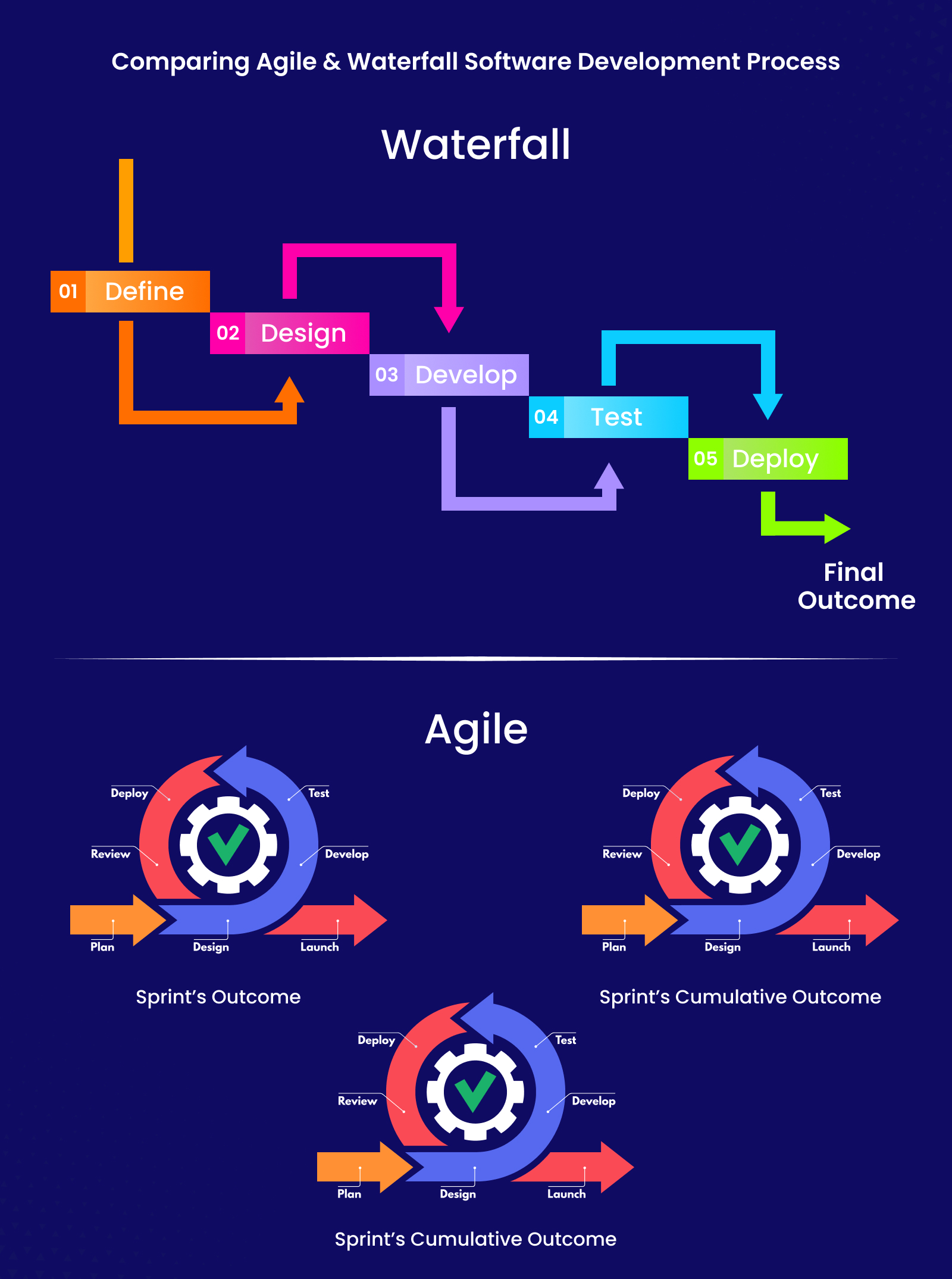
Stage 6: Deployment
Deployment is done once the development and MVP are read. After that, it is time to deploy the product in the live environment. It involves different stages. They are:
- Commit
- Build
- Alpha Deployment
- Beta Deployment
- Production Deployment
Commit: In this stage:
- The new features are integrated with the code for existing features.
- The Quality Assurance team ensures that the integrated code is working as required.
- Automated testing tools such as Jetkins run automated unit tests to help in testing the coding efficiency.
Build: In this stage: Developers push the final code in the Docker tools such as Gradle, Packer, AZK, and more.
Alpha Deployment: In this stage: Developers test the performance of the new build in terms of time taken, efficiency, speed, and more.
Beta Deployment: In this stage: Manual testing of the new product is done at this stage to validate the overall performance and efficiency of the developed product.
Production Deployment: In this stage: The product is pushed to the live or product environment, so that product can be available and ready to use by the customers.
Stage 7: Market Entry/Commercialization
Commercialization is the last stage of any new product. It is the stage where the products get the attention of the customers. Here are a few marketing activities that will help the product gain attention.
- Market the concept
- Focus on brand voice
- Conduct webinars
Market the concept: Businesses must focus on the concept over the product. Selling an idea is more beneficial than marketing the product. People understand the concept of a product efficiently when they understand how it will solve their problems.
Focus on brand voice: In business, a unique idea and a unique voice always change the game. This is where the marketing team plays a crucial role. They showcase the product and sell it by establishing effective communication. There are a few elements involved in marketing, and a few of them are blogs, emails, or website content. These elements must convey a powerful message that can motivate the audience to buy the product.
Conduct webinars: Webinars are the most effective way to attract quality and potential customers. Businesses must conduct surveys that talk about the new product, and will benefit the customers. Webinars are the best way to promote findability and discoverability.
- Findability: It is easy to find the features that customers know about. Not only that, but you can also use those features to check if the functionality is present in your product or not.
- Discoverability: It is easy to discover features that are not known to the customers.
Benefits of the New Product Development
Here are some benefits of New Product Development:
- Checks the technical feasibility of the idea
- Ensures fast marketing
- Addresses customer's need
- Enhance the chances of success
- Eliminates loopholes
- Improves management
To Conclude:
Breaking the development process into the above-discussed stages can help you make the process a lot easier to manage and develop the new product.
So if you have an idea and are struggling to figure it all out, take the help of experts from ToXSL Technologies. Our experts understand, design, develop, test and evolve your product by following all stages of new product development.





